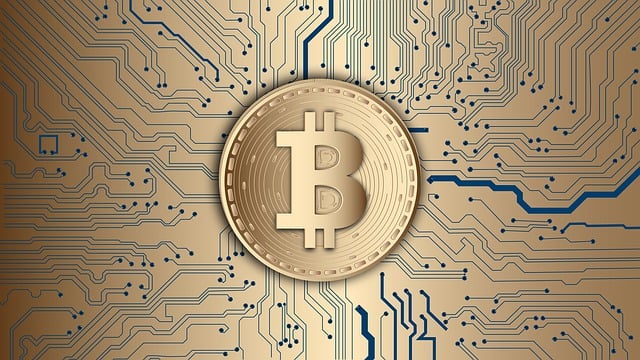Bitcoin and the Internet of Things (IoT): A Synergistic Future
The Internet of Things (IoT) has been transforming the way we live and work, connecting everyday objects to the digital world. From smart homes to intelligent transportation systems, IoT has become an indispensable part of our lives. But what if we combine the power of IoT with another revolutionary technology like Bitcoin? The possibilities are endless, and the future looks promising.
Bitcoin, the first decentralized digital currency, has already disrupted traditional financial systems. With its peer-to-peer electronic cash system, Bitcoin has eliminated the need for intermediaries like banks, reducing transaction costs and increasing financial inclusion. But where does IoT fit into this picture?
Imagine a world where your refrigerator can autonomously order groceries and pay for them using Bitcoin. Or a smart meter that not only measures your energy consumption but also automatically pays your utility bill in real-time. This is the potential synergy between Bitcoin and IoT – bridging the gap between physical objects and digital currency.
One of the major challenges in adopting IoT is the issue of trust. How can we ensure that devices are secure, authenticated, and tamper-proof? This is where Bitcoin’s blockchain technology comes into play. The blockchain is a decentralized and transparent ledger that records all Bitcoin transactions. By utilizing the blockchain, IoT devices can securely communicate and transact with each other, without the need for a central authority.
The blockchain provides a tamper-proof audit trail, ensuring the integrity and authenticity of IoT data. This is crucial in scenarios where data cannot be manipulated, such as in supply chain management or healthcare. Moreover, with the blockchain’s consensus mechanism, IoT devices can reach a consensus on a transaction without the need for a central clearinghouse.
Bitcoin also offers micropayments, enabling transactions as small as a few cents. This feature is particularly useful in the IoT ecosystem, where billions of devices are continuously generating and consuming data. For example, a smart car could pay a small fee to access traffic information in real-time. These micropayments can incentivize data sharing and create new business models in the IoT realm.
Moreover, Bitcoin’s global reach and borderless nature fit perfectly with the interconnected world of IoT. Whether it’s a smart device in New York or a sensor in Tokyo, Bitcoin enables seamless and frictionless transactions across borders. This opens up new possibilities for cross-border supply chains, international collaborations, and global IoT networks.
However, there are challenges that need to be addressed for the full integration of Bitcoin and IoT. Scalability, energy consumption, and privacy concerns are some of the key issues that must be tackled. But with ongoing advancements in blockchain technology and the growing interest in IoT, these challenges are not insurmountable.
In conclusion, the integration of Bitcoin and the Internet of Things presents a synergistic future. By combining the security and transparency of Bitcoin’s blockchain with the vast network of IoT devices, we can create a new paradigm of trust and efficiency in various industries. From smart homes to autonomous vehicles, the convergence of Bitcoin and IoT will reshape our world in ways we can only begin to imagine. The future is bright, and the IoT revolution is just getting started.







